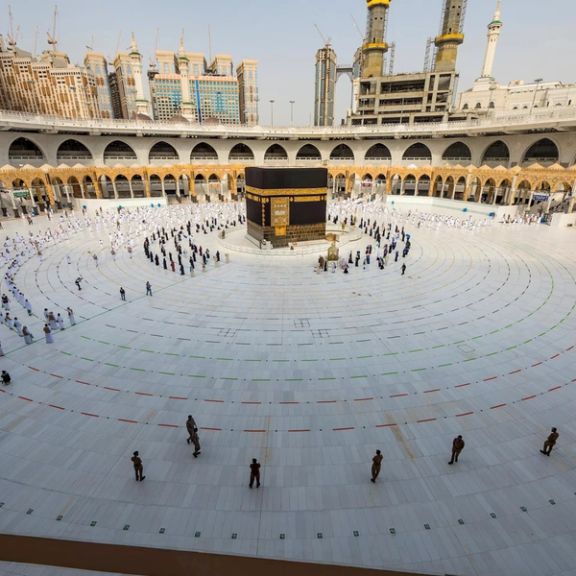Saudi Reinstates Pilgrimage Flights To Iranians After Detente

Since last year's detente between Saudi Arabia and Iran, Saudi has reinstated pilgrimage flights, enabling 90,000 Iranians to participate in this year's Hajj pilgrimage.

Since last year's detente between Saudi Arabia and Iran, Saudi has reinstated pilgrimage flights, enabling 90,000 Iranians to participate in this year's Hajj pilgrimage.
The revival of Hajj comes after nearly a decade, following a bilateral agreement mediated over a year ago, which led to the reopening of embassies and the exchange of ambassadors.
On Monday the first group of Iranian Umrah pilgrims departed from Tehran’s main airport, attended by dignitaries from both nations.
The breakdown in relations reached a nadir in 2016 when Saudi Arabia cut ties following the storming of its embassy in Tehran. The tensions escalated with Iran-backed Houthi militia's missile and drone attacks on Saudi oil assets and shipping in the Persian Gulf.
The current détente has facilitated the operation of two daily flights, as per the Iranian regime, each carrying 260 passengers, from various Iranian cities, continuing until May 12. A total of 44 round trips are scheduled to transport 5,610 Iranian pilgrims to Saudi Arabia for the Umrah, an Islamic pilgrimage that can be undertaken at any time of the year, unlike the Hajj which is held annually as per the Islamic lunar calendar.
Despite attempts to mend their relationship, including high-level meetings and agreements on diplomatic and security cooperation, Saudi Arabia and Iran have not yet achieved significant breakthroughs in their dealings.
Although there have been talks about potential cooperation areas, such as Saudi investments in Iran's economy, significant disagreements on regional issues remain unresolved. It is compounded by Iran's ongoing nuclear enrichment and support for terror proxies such as Yemen's Houthi militia which Saudi has been at war with for a decade as the oil-rich nation continues to lead a coalition in Yemen's civil war.